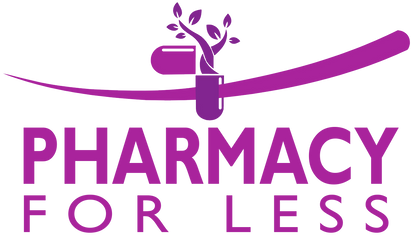Sea-Band Nausea Relief CHILD Wrist Band - BLUE
Sea-Band offers effective relief from motion sickness, morning sickness, and nausea caused by cancer treatments, providing a drug-free solution without drowsiness or other side effects.
Using Sea-Band is easy—simply wear the acupressure band on your wrist to alleviate nausea symptoms.
Sea-Bands are suitable for adults and children and are machine washable. Learn more about Sea-Band for relieving your motion sickness, morning sickness or cancer nausea and vomiting.
Motion Sickness and Travel Sickness
Morning Sickness
Post Operative and Chemotherapy Induced Nausea
Motion Sickness and Travel Sickness
Don’t let motion sickness ruin your journeys whether they be by land, air or sea. If you or your children experience motion sickness while travelling Sea-Bands may help to reduce your nausea letting you enjoy your journey again. Drug-free, Sea-Bands can relieve your motion sickness
Morning Sickness
For many pregnant women, morning sickness is not just a problem in the morning. In some cases ‘morning sickness’ can last all day, and can range from feeling nauseaous to actually vomiting many times a day. In many countries, up to 80% of women will suffer from ‘morning sickness’ or pregnancy sickness and Sea-Bands may help to reduce both feelings of nausea, and may reduce vomiting as well.
Post Operative and Chemotherapy Induced Nausea
Nausea and vomiting is a common and unpleasant side-effect of chemotherapy for cancer patients, and despite improvements in anaesthetic techniques, many post-operative patients still suffer nausea and vomiting after an operation. For cancer patients nausea can continue for a number of days therefore impacting on their daily lives. Drug-free, Sea-Bands may help to relieve cancer nausea and vomiting
Dosage:
-
Place your middle three fingers on the inside of your wrist with the edge of the third finger on the wrist crease. The Nei-Kuan point is just under the edge of your index finger between the two central tendons.
-
Position the button facing downward over the Nei-Kuan point. Repeat the process for the other wrist.
-
One band must be worn on each wrist to be effective. Sea-Bands can be put onto your wrist before you start travelling, or after you have started your journey.
Sea-Band is suitable for adults and children.
Extended Information:
Sea-Bands are a low-cost, clinically proven, drug free alternative treatment for the control of nausea and vomiting. They are acupressure bands that fit around the patient’s wrist just like a sweat band-with a pressure stud sewn inside.
Sea-Bands will benefit persons suffering with nausea and vomiting associated with:
-
Motion
-
Pregnancy
-
Chemotherapy
-
Post Operative
Are Sea-Bands cost effective?
Yes, tests conducted on post-operative patients in hospitals have shown that Sea-Bands have a direct effect on the cost of care by reducing:
-
The length of recovery - patients are more likely to recover quickly if they are not experiencing nausea
-
Amount of anti-emetic drugs administered
-
PACU nursing care
-
Unplanned admissions related to nausea and vomiting following out-patient procedures
When Sea-Bands are placed on a patient prior to surgery, many do not suffer with nausea or vomiting. those patients who still need anti-emetic drugs may be subjected to fewer drugs and lower doses.
It has been cited that Sea-Bands are “As effective as ordinary anti-emetics; completely devoid of side effects”.
How long do they take to work?
Can they be used in combination with anti-emetic drugs?
Are there any contra-indications for Sea-Band use?
She did suggest, however, that the band be placed on a patients wrist - prior to an IV - only to ensure that the IV was not placed too close to the P6 point where the band must be positioned to work effectively.
What clinical data/research is available to support their use?
Rose Ferrara-Love, MSN, RN, CPAN, CAPA, Nonpharmacologic Treatment of Postoperative Nausea, 1996 American Society of PeriAnesthesia Nurses.
Stannard, DM (1989) Pressure Prevents Nausea, Nursing Times p33-34
Effect of Stimulation of the P6 Anti-emetic Point on Postoperative Nausea and Vomiting. British Journal of Anesthesia, 1980

